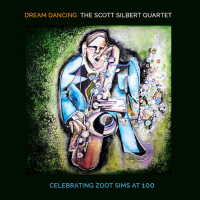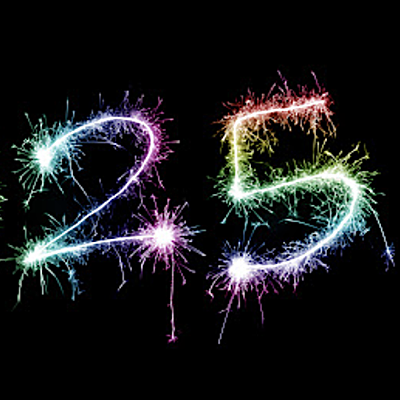Home » Jazz Articles » Sunny Murray
Jazz Articles about Sunny Murray
Cecil Taylor Unit: Live At Fat Tuesday's February 9,1980 First Visit

by Chris May
More faux-intellectual codswallop has been written about Cecil Taylor than about any other jazz musician, dead or alive. He has been, and continues to be, misrepresented as an arcane Einsteinian theorist by a cult whose members are afraid of visceral reactions to his art (or to anyone else's). But Taylor's work demands a visceral response. It has nothing to do with rational thought and everything to do with emotion and physicality. Sadly, the nonsense that has been written about his ...
Continue ReadingClifford Thornton: Ketchaoua Revisited + Arthur Jones Trio: Scorpio

by Alberto Bazzurro
Clifford Thornton è una di quelle figure rimaste fin troppo fra le pieghe della mitologia (sia detto ovviamente senza alcun intento ironico) free, e più ancora il pressoché sconosciuto altosassofonista Arthur Jones, l'uno nato a Philadelphia nel 1936 e scomparso nel 1989, l'altro nato a Cleveland nel 1940 e morto nel 1998. Questa preziosa ristampa, che allinea i dischi d'esordio in proprio di entrambi, editi a suo tempo dalla leggendaria Byg Actuel, l'uno, Ketchaoua, nel 1969, l'altro, Scorpio, due anni ...
Continue ReadingAlbert Ayler: Summertime To Spiritual Unity Revisited

by Giuseppe Segala
Tra gli anni Cinquanta e Sessanta del Novecento, una vorticosa accelerazione spinse le arti e alimentò la creatività verso esplorazioni audaci, esprimendo personalità e individualità di valore universale. Autentico visionario, tra urlo febbrile e tenera carezza, tra ruvida e profonda adesione alle radici afroamericane e tensione verso il futuro, tra riferimenti tematici trasfigurati, inni religiosi, marce bandistiche e dense campiture di puro suono che hanno la forza dell'espressionismo astratto, Albert Ayler attraversò come una meteora il firmamento della musica neroamericana, ...
Continue ReadingAlbert Ayler: More Lost Performances Revisited

by Chris May
A state-of-the-art sonic restoration of obscure but historically important Albert Ayler material by Switzerland's ezz-thetics label, which with its parent label, Hat Hut, has been creating an audiophile archive of Ayler recordings with the support of his estate since 1978. All too often, “more" in an album title means “Beware: barrel scraping in progress." Not in this case. More Lost Performances Revisited is primetime Ayler. The disc draws from three sources over a five-year timespan. The earliest ...
Continue ReadingAlbert Ayler: Summertime To Spiritual Unity Revisited

by Chris May
This landmark reissue contains consummately remastered cuts of the killer (among killers) track from Albert Ayler's relatively unknown My Name Is Albert Ayler (Debut 1964) plus the justly celebrated Spiritual Unity (ESP-Disk, 1965) in its entirety. Summertime To Spiritual Unity Revisited starts with “Summertime" from the 1964 album. In his survey The Jazz Standards (Oxford University Press, 2012), Ted Gioia writes that over 400 jazz covers of George and Ira Gershwin's song were recorded in the 1950s ...
Continue ReadingAlbert Ayler: New York Eye and Ear Control Revisited

by Mark Corroto
The backstory of New York Ear and Eye Control is a significant factor in the music and the direction free jazz took in the 1960s. Filmmaker Michael Snow commissioned Albert Ayler's trio with bassist Gary Peacock and drummer Sunny Murray to record a thirty-minute soundtrack for a movie, “Walking Woman," he had yet to film. As explained in the liner notes, he “wanted to buy a half hour of music." Also invited to the session were trumpeter & cornetist Don ...
Continue ReadingAlbert Ayler: New York Eye And Ear Control Revisited

by Chris May
The development of so-called free jazz in New York during the first half of the 1960s was topped and tailed by three landmark recordings: Ornette Coleman's Free Jazz (Atlantic, 1961), John Coltrane's Ascension (Impulse, 1966) and Albert Ayler's New York Eye And Ear Control (ESP, 1966). Of the three discs, only New York Eye And Ear Control broke away completely from jazz's normative structure of theme/solos/theme. Commissioned as an art-film soundtrack, Ayler's recording was also the product of an altogether ...
Continue Reading
















